Video Game Design Art Portfolio
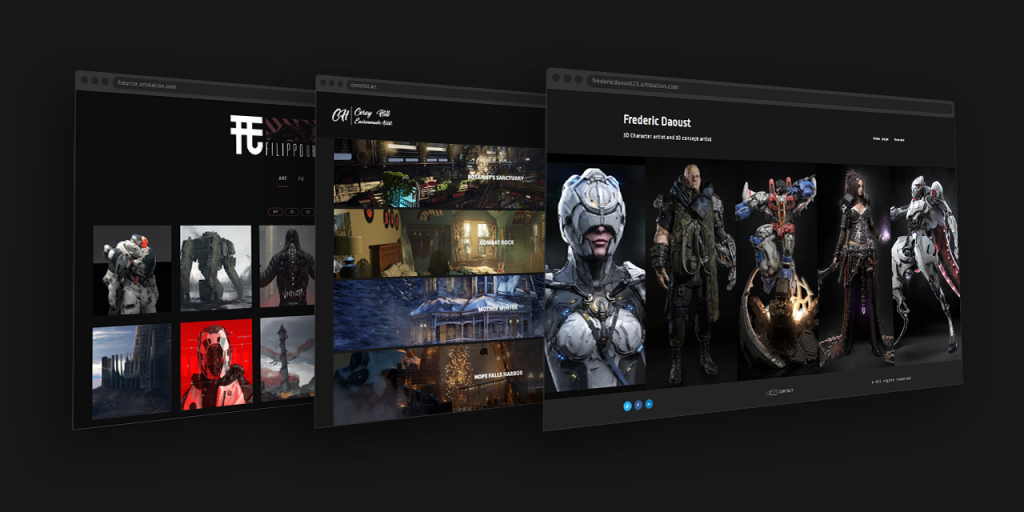 At this year's Game Developer's Conference (GDC) 2019, art directors and lead artists from Epic, Firaxis, Riot, Valve and Insomniac talked and provided real world examples with advice on how to succeed in getting and holding an art director's attention.
At this year's Game Developer's Conference (GDC) 2019, art directors and lead artists from Epic, Firaxis, Riot, Valve and Insomniac talked and provided real world examples with advice on how to succeed in getting and holding an art director's attention.
Panelists
Claire Hummel (Art Director, Valve)
Gavin Goulden (Lead Character Artist, Insomniac Games)
Greg Foertsch (Senior Art Director, Independent)
Alison Kelly (Consultant, Alison Kelly Consulting)
Wyeth Johnson (Lead Technical Artist, Epic Games)
Moby Francke (Principle Artist, Riot Games)
These panelists have each seen hundreds, if not thousands of portfolios. If you weren't able to make it, we've rounded up the top tips from the Killer Portfolio or Portfolio Killer talk to share what will make or break your portfolio when applying to the games industry.
1) Taste over technique
Don't just work on improving technically but also on the process of what you uniquely bring to a product. The common issue that was brought up is that a beautiful illustration is not the same as a strong concept. Show that you have an eye for style and not just that you know how to use specific software very well.
2) Where you can, reduce friction.
"Anything that complicates you getting a job is a bad idea. A good portfolio reduces friction. Any decision you make that adds clicks or downloads, you're creating friction." – Gavin Goulden
Usually, portfolio reviews only last a couple minutes. Make sure to keep your work at the forefront and try not to overcomplicate your portfolio's navigation. Keep the presentation simple and clean and make it easy for employers to find your information.
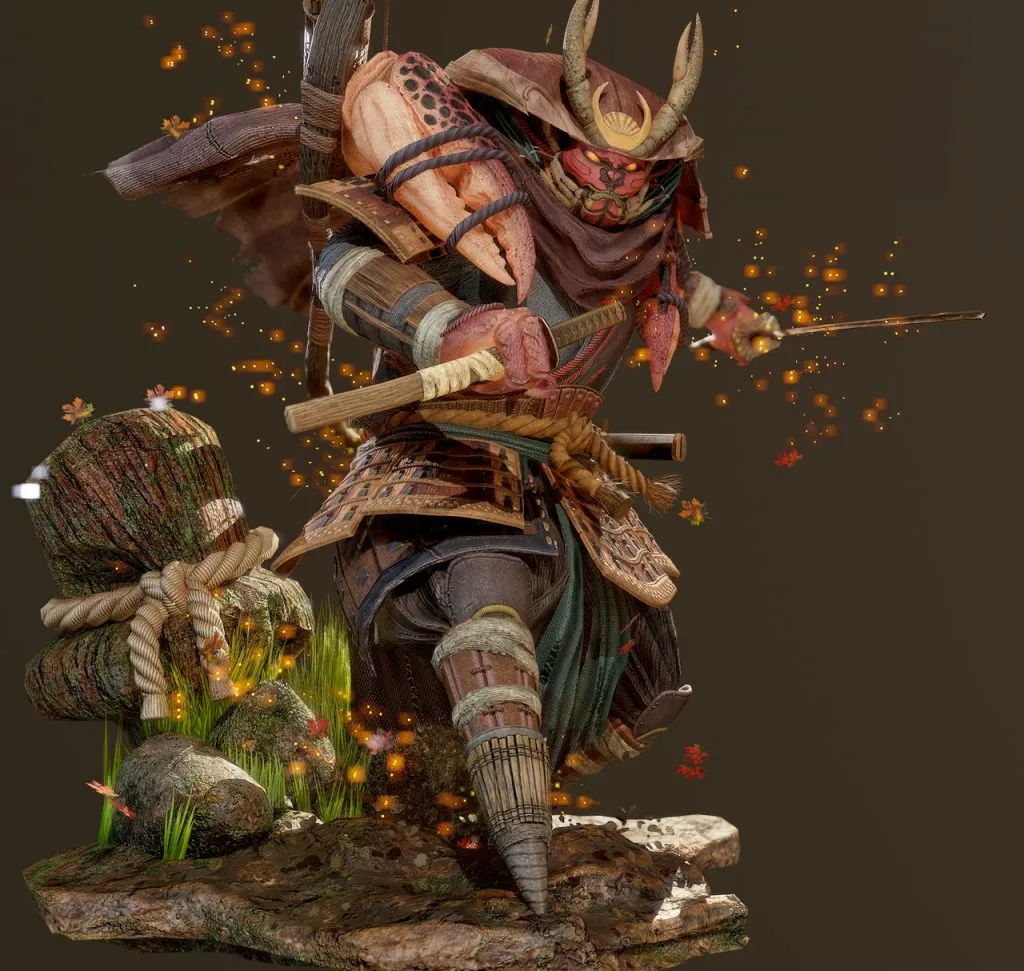
Artwork by Melan Barba – 1st Place for the Game Character Art category of the Feudal Japan Challenge
3) Presentation matters.
Go the extra mile to make sure you are showing your artwork and images in the best way possible. Things like adding a base for your character, attempting different lighting styles or trying some unique angles that show off the details can go a long way in setting your work apart.
4) Show context.
When you make that first impression, you don't want to have to explain yourself.
For something like a Substance ball or 3D asset, showing it in an environment will help the reviewer better understand the setting and idea behind it.
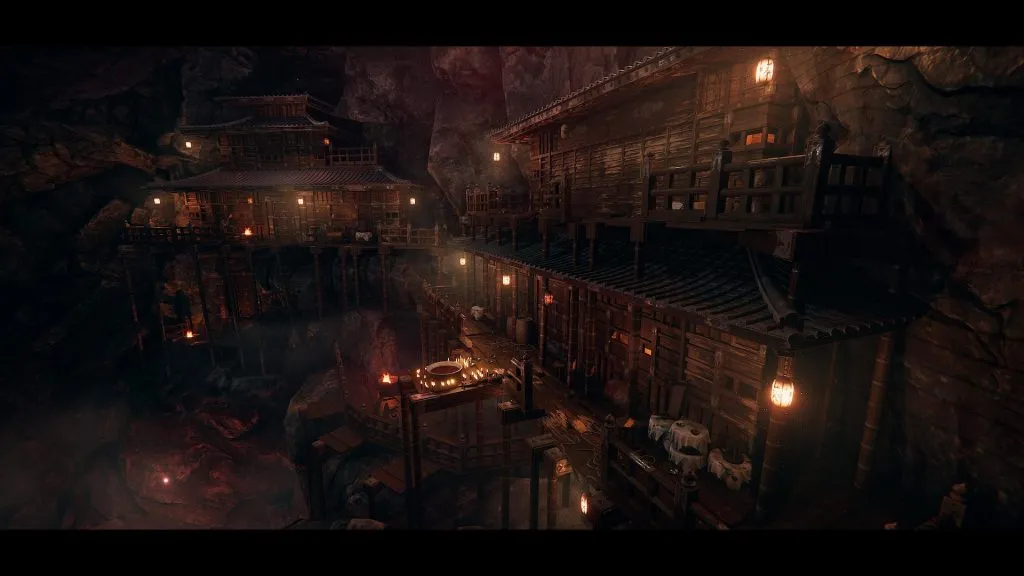 Artwork by Jeryce Dianingana – 3rd Place for the Game Environment Art category of the Feudal Japan Challenge
Artwork by Jeryce Dianingana – 3rd Place for the Game Environment Art category of the Feudal Japan Challenge
5) Your portfolio is more important than your resume.
"The first thing I look at is the portfolio. The second thing I look at is the portfolio. If I decide to email you, then I'll look at your name." – Greg Foertsch
A strong portfolio speaks for itself. Having previous work experience might give you a few extra points if it's relevant to the job but a portfolio that catches the recruiter's eye will be more likely to get you the job than a list of credits.
6) Credit all artists who collaborated on a portfolio piece.
Not only is it the right thing to do, it'll save you and your potential employers time. An employer doesn't want to call you after seeing a environment that took their breath away only to find out you were only responsible for the lighting.
Be clear and honest with what you're responsible for in a collaborative project and make sure that you give a shoutout to the teammates who helped bring the piece together.
7) Originality is not that far away.
Claire Hummel jokes that she's seen enough of the same kind of landscape where there is a figure holding a staff overlooking mountains. What she means is that instead of trying to copy or emulate another artist, it's better to build on something from your own experience.
Making a small choice in you work can be enough to give it that edge and help you find your own voice.
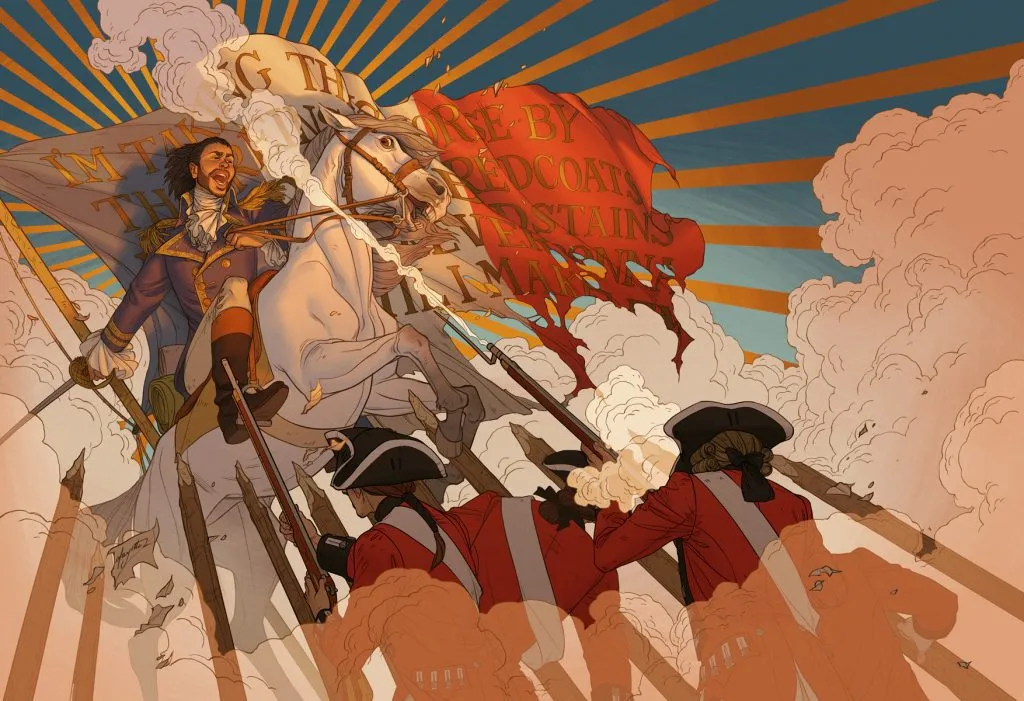 Artwork by Claire Hummel
Artwork by Claire Hummel
8) Make sure you are looking at the right bar.
With the amount of work from games readily available on the internet, you have access to abundant references of what the industry standard is. A common misconception is that if you're the best in your class, you're automatically hireable and that's not always true.
Instead of comparing your work to the others around you, look at artists who are currently working in the industry and use their work as the bar for where you'd like to get to.
9) Tailor your portfolio to the job you are applying for.
You've probably heard this one before. Whether you specialize or generalize often depends on the size of the studio and the range of games they work on.
There's no exact formula for what to include in your portfolio but the gist is that you need to clearly demonstrate that you are capable of doing the job. If you want to work as a game level designer but your work is all concept art (no matter how good it is), it's a no-go.
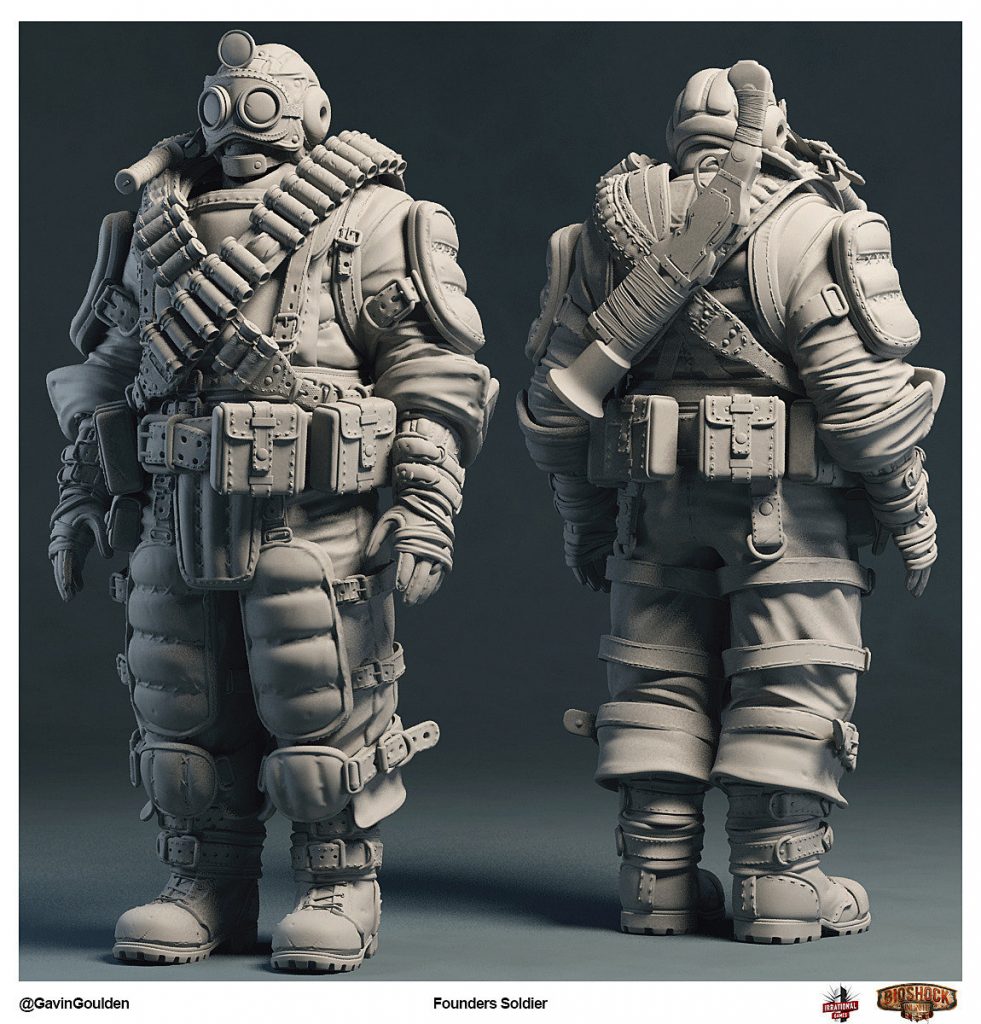 Artwork by Gavin Goulden
Artwork by Gavin Goulden
10) Delete half your portfolio.
This one might be a little hard to swallow but panelists say that when you submit your portfolio for a job, it's better to show a small selection of your best work rather than a large selection if some of the work is weaker. Showing your best work alongside work you're less proud of can be confusing for the reviewer.
(On ArtStation, you can separate your work into albums and create a Featured Album so that you can still share WIPs with your followers without including it in your portfolio for employers.)
Seeing process and sketches are encouraged to be shown alongside but especially when it comes to 3D work, submitting a portfolio with a lot of unfinished work will just make reviewers question your skill and taste. They'll wonder, "does this artist know these pieces are less good?"
Johnson says it all comes back to taste. "I famously hired an environment artist who had just 3 pieces in his portfolio but they were really strong and all showed that the artist had good taste."
Did you know that ArtStation Pro website themes are specially designed with artists in mind and only take a few minutes to set up? Find out more here.
Video Game Design Art Portfolio
Source: https://magazine.artstation.com/2019/03/games-portfolio-top-10/
Posted by: hobgoodpaptur.blogspot.com

0 Response to "Video Game Design Art Portfolio"
Post a Comment